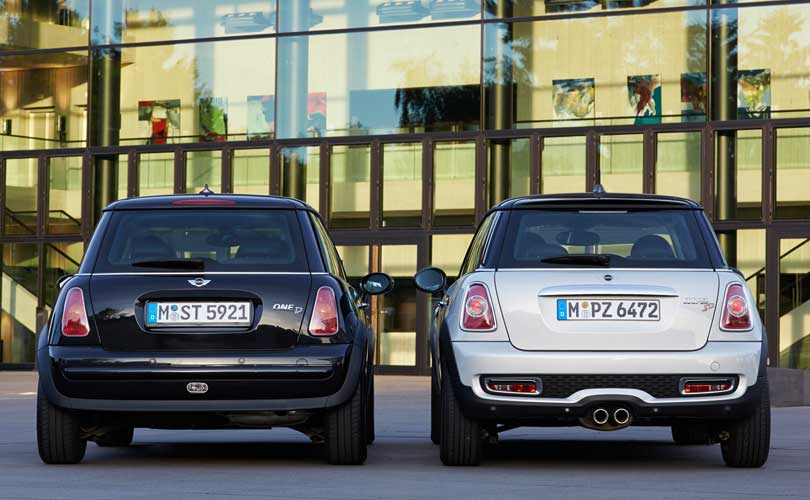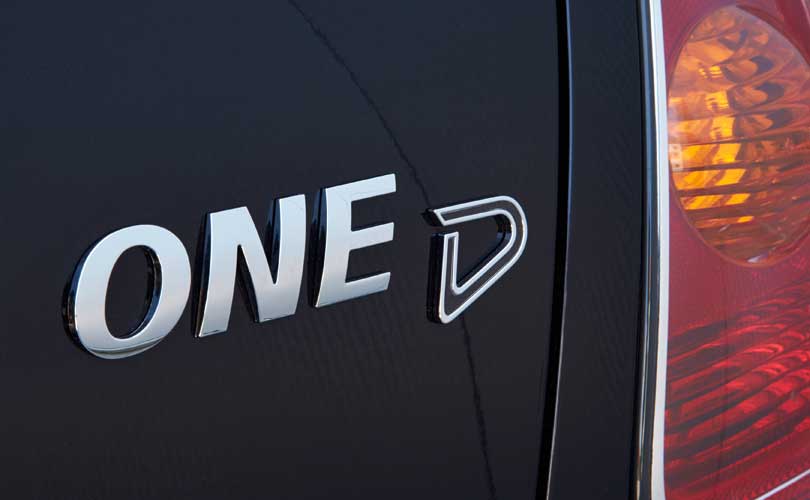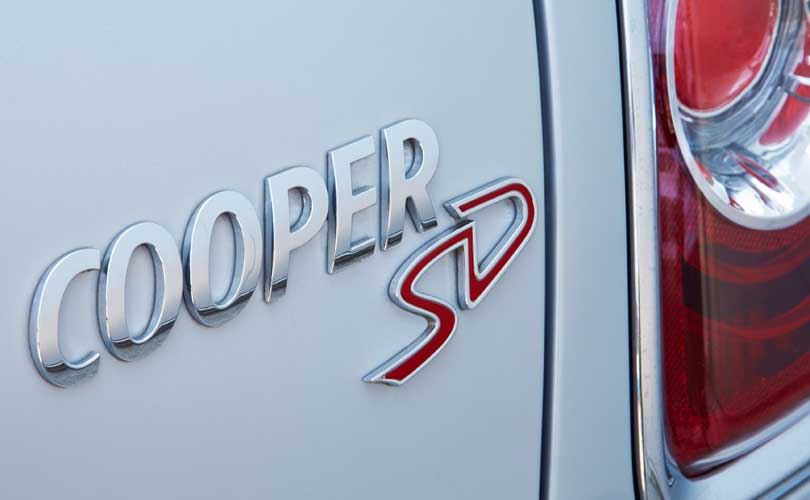120 years ago, Rudolf Diesel started developing the compression-ignition engine that was soon to be named after him
The first prototype diesel engine completed its test run in August of that same year. The first diesel engine factory was then founded 115 years go. The engine invented by Diesel was first used in ships 110 years ago. The first diesel-powered truck went on the road 90 years ago. The MINI Diesel engine was first fitted ten years ago. Each of these anniversaries is reason enough to celebrate the qualities of the diesel engine – and to commemorate its inventor, who died exactly 100 years ago.
Maximum efficiency was the driving force that inspired Rudolf Diesel to develop his novel engine. His design was based on heating the air in the combustion chamber by means of compression to such an extent that the fuel around it would ignite and release large amounts of energy. This is why the diesel engine has such a high level of efficiency. The fact that this principle also generates hallmark MINI driving fun was first demonstrated in the summer of 2003, when the MINI One D was presented as the first diesel model of the premium British small car brand. Its 1.4-litre all-aluminium turbodiesel with common rail direct injection had an output of 55 kW/75 bhp. It combined the characteristic MINI go-kart feeling with an average fuel consumption on the EU test cycle of 4.8 litres per 100 kilometres.
But this was just the beginning of the diesel engine’s career in the MINI. Two years later the MINI One D was upgraded to 65 kW/88 bhp, and though its performance figures increased, fuel consumption remained constant. 2007 saw the launch of the next stage of development: the Geneva Motor Show was the setting for the world premiere of the MINI Cooper D. In this model, the new 1.6-litre turbodiesel now delivered 80 kW/110 bhp. The car’s fuel consumption was reduced yet again in spite of a 25 per cent increase in power output, while 4.4 litres per 100 kilometres once again put MINI ahead of the competition in terms of efficiency.
Thanks to MINIMALISM, however, this was still not the last word. The current MINI models with diesel engines are fitted with further refined injection technology, turbochargers with variable turbine geometry, auto start/stop function, shift point display, brake energy regeneration, on-demand operation of ancillary units, electromechanical steering and cutting-edge exhaust gas purification technology. The result: 120 years after Rudolf Diesel made his pioneering invention, the engine of the MINI Cooper D provides an impressive peak output of 82 kW/112 bhp, a maximum torque of 270 Newton metres at 1,750 rpm , a fuel consumption on the EU test cycle of 3.8 litres per 100 kilometres and CO2 emissions of 99 grams per kilometre.
As MINI diesel technology was consistently refined, the variety of engines which functioned according to this principle increased. There are now three diesel engines available to choose from for the MINI. Their common design features reflect the outstanding development expertise of the BMW Group in the field of engine technology. An aluminium crankcase, turbocharger with variable turbine geometry, common rail direct injection with solenoid-valve injectors and a powerful engine control system geared towards each specific model guarantee a level of efficiency which impressively confirms Rudolf Diesel’s vision of an “ideal thermal machine”.
The latest generation of the MINI One D is powered by a 1.6-litre engine which delivers 66 kW/90 bhp and a maximum torque of 215 Newton metres that goes on stream at 1,750 rpm. Fuel consumption and CO2 emissions are the same as those of the 82 kW/112 bhp MINI Cooper D. The entry-level diesel engine is also available in the models MINI Clubman and MINI Countryman, transferring its power via a 6-speed manual transmission in each case. For the MINI Cooper D there is also the option of a 6-speed automatic transmission which is combined with a 2.0-litre version of the 4-cylinder engine in each model version. The choice between the two variants applies to the MINI, MINI Clubman, MINI Convertible, MINI Countryman and MINI Paceman.
The latest and most powerful way to experience the kind of pulling power and efficiency so typical of a diesel engine is provided by the MINI Cooper SD. Also operating with a capacity of 2.0 litres, this 4-cylinder power unit generates a peak output of 105 kW/143 bhp and provides a maximum torque of 305 Newton metres between 1,750 and 2,700 rpm. And this engine offers exemplary economy as well as supreme power delivery. The MINI Cooper SD sprints from zero to 100 km/h in just 8.1 seconds, achieving a top speed of 215 km/h. Its average fuel consumption on the EU test cycle is 4.3 litres to 100 kilometres, with CO2 emissions of 114 grams per kilometre.
The most powerful diesel in the MINI engine portfolio is available for all seven models – the MINI, MINI Clubman, MINI Convertible, MINI Coupé, MINI Roadster, MINI Countryman and MINI Paceman. In each model it is combined as standard with a 6-speed manual transmission or else an optional 6-speed automatic transmission. Its power can also be optionally transmitted to all four wheels by means of the all-wheel drive system ALL4 in the MINI Cooper SD Countryman and the MINI Cooper SD Paceman.
As the range of variants has expanded, so the popularity of the diesel engine in MINI models has continuously increased. Despite the fact that the market for this engine type is largely focused within Europe, nearly one in four MINIs supplied to customers in 2012 was fitted with a diesel.




